View from the top: Jacques Besnainou, Chief Commercial Officer, Westinghouse Electric Company
Jacques Besnainou talks to Energy Focus about next-generation small modular reactors, renewable integration, and navigating global energy trends.
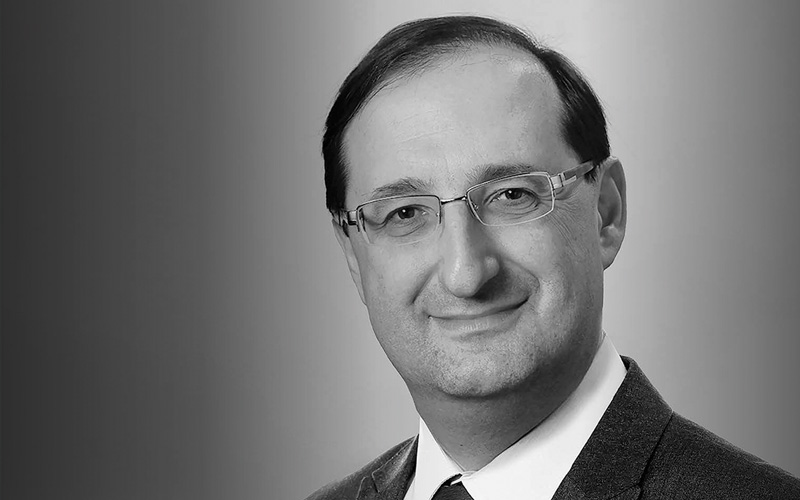
In terms of scalability, how does Westinghouse foresee small modular reactors and advanced modular reactors contributing to the overall capacity and flexibility of the company’s energy generation portfolio?
With the launch of our AP300 small modular reactor in 2023, Westinghouse now has a suite of nuclear technologies that can meet the diverse energy needs of communities and industries around the world.
Countries focusing on rapidly achieving decarbonisation and increasing energy security are interested in our AP1000 large modular reactor. Poland is in this category, currently deploying three AP1000s. China has four operating and eight under construction. Bulgaria has selected two. In the US, one is operating and a second will come online soon. These are truly transformative projects on a grand scale, which will deliver benefits for 80 to 100 years.
Our AP300 SMR, which provides 300MWe, features a lower upfront capital cost, which makes it more accessible to utility customers and industry for a variety of applications beyond electricity, such as process heat. Also, in areas where the grid can’t support a large-scale reactor, the AP300 SMR allows these customers to have clean, reliable and cost-effective electricity and district heating as well.
Our eVinci microreactor is a 5MWe transportable nuclear battery that is primarily targeted for remote or off-grid communities that now rely on transported diesel fuel for power and heating. This heat-pipe based technology can operate for eight-plus years without refueling, requires no water and has almost no moving parts, which is why we call it a battery. We have our first Canadian customer for eVinci and expect this technology to be a game-changer, even with space applications.
How does Westinghouse perceive the competitive landscape between nuclear and other renewable technologies?
It is clear that we need both nuclear and renewables to replace fossil fuels in the electricity sector. They are actually complementary. In fact, Westinghouse is part-owned by Brookfield Renewable, one of the largest renewable asset managers in the world. There are constraints to the amount of renewables that a grid can accommodate, and the intermittency must be firmed by other resources, which has been mostly natural gas to this point. The pledge to triple nuclear energy capacity by 2050 made at COP28 is, again, recognition that nuclear energy must play a significant role in the future.
How does the company balance its commitment to innovation and sustainability with the financial realities imposed by the higher cost of capital, especially in the context of long-term, capital-intensive projects?
Westinghouse has been a leader in the nuclear energy industry for more than 70 years because of our ability to adapt to changing circumstances, as well as our core competencies of innovation and sustainability.
The development of the AP300 SMR is a prime example. We based it on the already licensed and proven AP1000 technology, which greatly reduces first-of-a-kind risks for customers and takes advantage of the mature supply chain developed for the AP1000 reactor by essentially utilising the same components and modular construction techniques. Here we applied innovation to reduce costs, not develop novel technologies the regulators have never seen before. This is a customer-centric approach that makes nuclear technology more cost-competitive with alternatives.
About Jacques Besnainou
Jacques Besnainou is the Chief Commercial Officer at Westinghouse. In his role, he leads the company’s global commercial strategy to deliver integrated enterprise-wide solutions and deepen customer relationships. He joined Westinghouse and was appointed to this role in July 2022.
Jacques has more than 30 years of experience in the nuclear and energy industries and has held executive leadership roles in France and the US. He holds a bachelor’s degree in mathematics and engineering from École Polytechnique, along with a masters in engineering and public policy from École des Mines de Paris, both in France.
How do you view Germany’s decision to phase out nuclear power influencing the broader global energy landscape?
Each country must address the challenges of climate change and energy security in a way that makes sense for them and is in the best interests of their people. Right now, far more countries are choosing to pursue nuclear energy than are opposing it, and we view that as the right path forward.
There was a lot of pain in the development of the AP1000 reactor, with many lessons learned. But now we have a complete design and a mature supply chain that we can take to Poland, to Bulgaria, to the UK, to many other countries and grow the fleet of AP1000s – minus the first-of-a-kind growing pains that any new reactor technology will face. So, for countries that don’t have a current nuclear programme, or even those that have an existing programme, there is no better time to grow and expand. The days of unique nuclear reactor designs for each site are over, at least for Westinghouse, and that will help to facilitate deployment of new nuclear. We are already seeing this happen in China.
We have our first Canadian customer for our eVinci microreactor – a 5MWe transportable nuclear battery for remote or off-grid communities. We expect this technology to be a game-changer, even with space applications
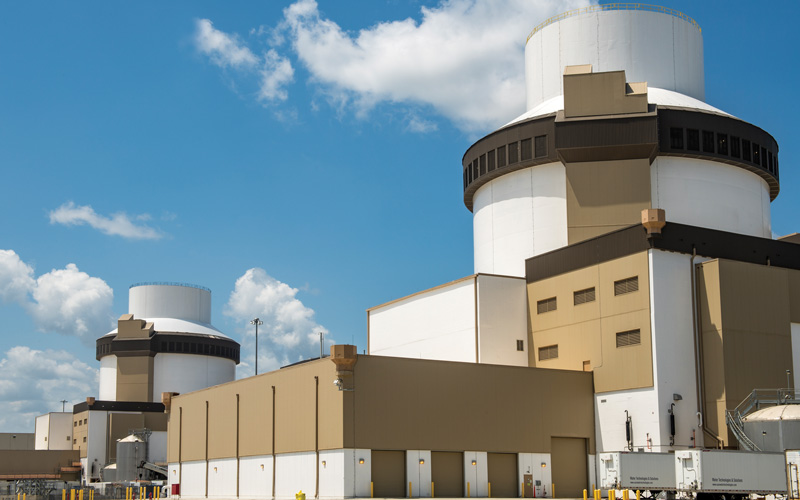
What is your view on the UK energy market, and what key factors distinguish it from the other markets in which Westinghouse operates?
Generally, one of the criticisms of the nuclear industry is that it is slow to act, but we are seeing the opposite with Great British Nuclear, to its credit. It is moving swiftly on technology selection, with our AP300 SMR in the race. This is a nuclear-mature country with a mature regulator, bi-partisan support for commercial nuclear energy and a mature supply chain – so a lot of opportunity. The UK knows Westinghouse very well through our long-standing partnership providing world-class nuclear fuel from our Springfields facility. We are ready to support the next phase of nuclear energy in Great Britain.
Globally, what supply chain gaps has Westinghouse identified, and how do these gaps impact the company’s operations and projects?
We see no gaps because of the work we have done over the past decade or so to strengthen the supply chain for our AP1000 reactor, which has also provided benefits to our other technologies. There are many opportunities to strike a balance between schedule confidence and local content. Westinghouse has a ‘buy where we build’ mantra, so we are continuing to seek local suppliers to build this impressive network of companies that will help the UK and others to transition to a net-zero energy mix.
How is Westinghouse adapting its approach to skills development to meet the changing demands of the nuclear industry?
Westinghouse is, at its heart, a skills-based company. We rely on the skills, knowledge and innovative spirit of our people to remain at the forefront of the nuclear energy industry. Two areas where those attributes have helped us continue to lead are fabrication and modularisation, building on the heritage of the AP1000. We are evolving fabrication skills to develop the specialised heat pipes that will be used in our eVinci microreactor. A new, larger facility will open next year where that work will take place. Our work in modularisation will be crucial in the design and construction of our AP300 SMR. So, we will continue to be on the leading edge of training programmes that support those areas.
Given the growing emphasis on decarbonisation and the rise of clean energy technologies, how is Westinghouse adapting to the integration of renewable energy sources?
We believe that the fastest way to reach net zero is to have nuclear and renewables working together, generating clean electricity simultaneously – not one displacing the other. Nuclear provides the baseload because of its ability to be ‘always on’, and renewables complete the portfolio. That said, our AP1000 technology has an impressive agility to load follow, at 1 MWe per second, if necessary. The value of nuclear is steady, predictable, reliable, clean electricity. Because of that, countries can build industrial bases and manufacturing hubs that create jobs and grow their economies.
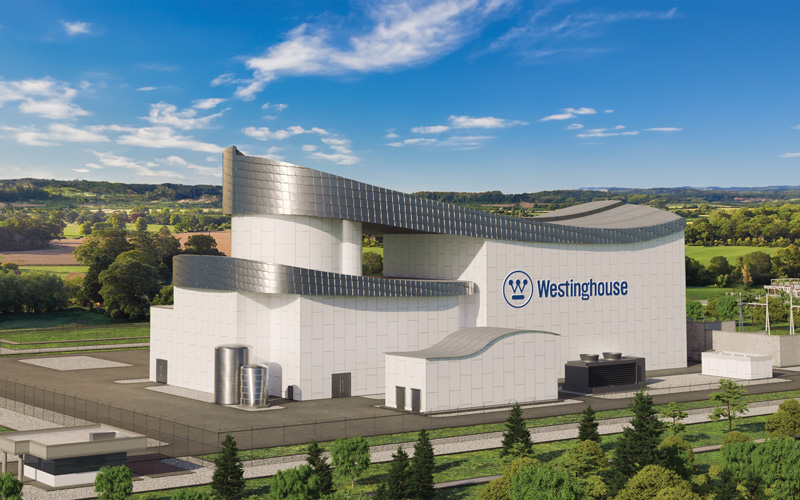
How will the agreements and initiatives that have emerged from COP 28 influence Westinghouse’s investment priorities, innovation strategies, and partnerships in the clean energy space?
COP28 is already being labelled the ‘nuclear COP’, and for good reason. The overall agreement to reduce fossil fuel use includes nuclear energy, which may have been unthinkable a few years ago. And 24 countries signed a pledge to triple nuclear energy capacity by 2050, including the UK. The five nations known as the Sapporo 5 – Canada, France, Japan, the UK and the US – have agreed to ramp up nuclear fuel production capacity and secure fuel supply chains. These are strong and timely signals to governments and investors, utilities and the public that nuclear is an important tool in the toolbox where energy security and climate change are concerned.
The days of unique nuclear reactor designs for each site are over, at least for Westinghouse, and that will help facilitate deployment of new nuclear. We are already seeing this happen in China
What key factors or trends do you anticipate shaping the energy industry in the coming year, and how is Westinghouse positioned to navigate these changes?
As stated, concerns about climate change and energy security will continue to shape the energy picture for the foreseeable future. Our job at Westinghouse is to provide the solutions that countries and industries are seeking to meet these challenges. Support for nuclear energy will continue to grow, but we as an industry must be vigilant. As a leader in the nuclear energy industry, we have a special responsibility to ensure this growth. Projects must be on schedule and on budget, the technology must be robust and reliable, and safety must continue to be the top priority. Our industry is meeting these challenges today. That is the trend that must continue to ensure nuclear is able to deliver in the decades ahead.
Image credit | Westwinghouse Electric Company

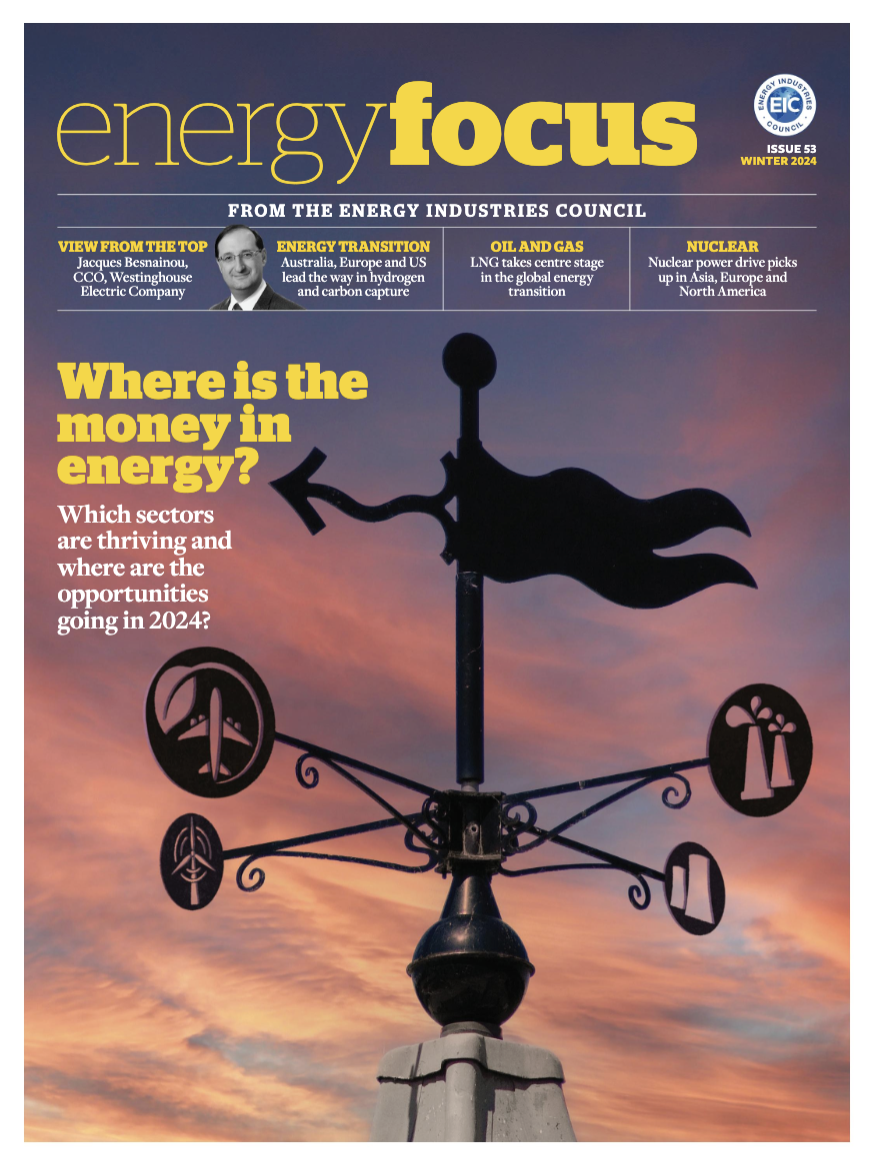

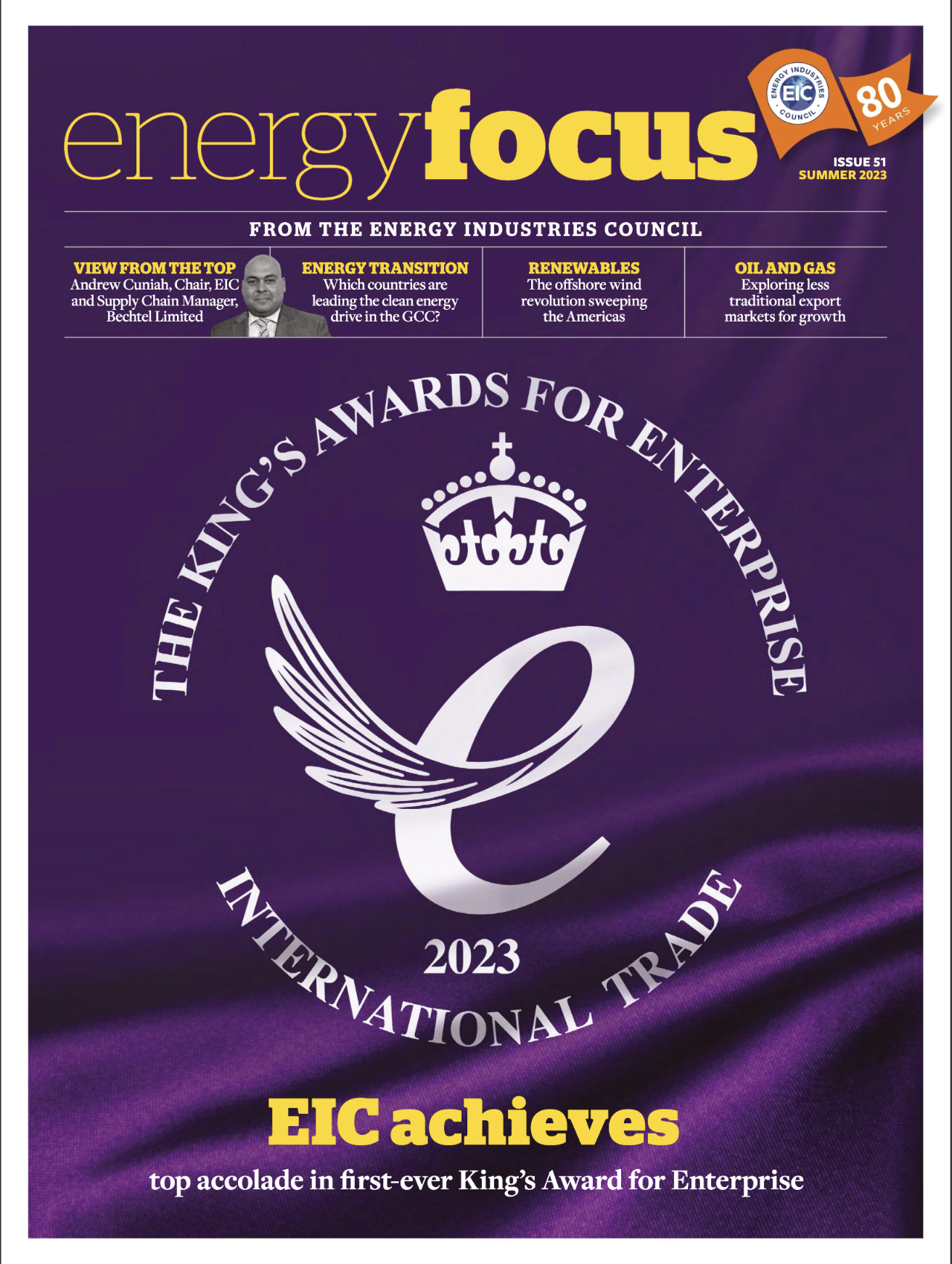


Follow us
Advertise
Free e-Newsletter